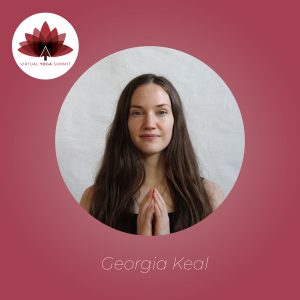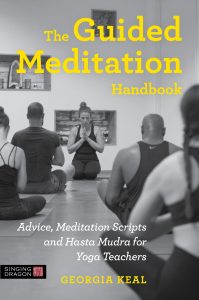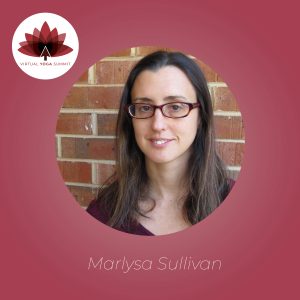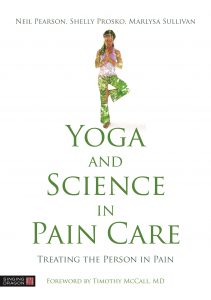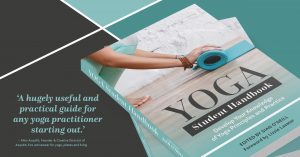
Believing in its transformational power, Sian O’Neill has been practising yoga for over 15 years. The first book she edited for Singing Dragon, Yoga Teaching Handbook (Singing Dragon, 2017), was a great success – and with the publication of Yoga Student Handbook, Sian and the contributors share their tips and advice for yoga students and teacher trainees.
In the first of three instalments about yoga journeys, Sian talks with Katy Appleton, founder of appleyoga.
appleyoga is probably one of the better known brands in the yoga world in the UK today. Founder Katy Appleton, self-described as a ‘lover of life’ and ‘recovering control freak’, was a former professional ballet dancer with the English National Ballet. Running in the family, Katy’s mum practised yoga while pregnant, and Katy remembers being a new student and attending yoga classes with her mum as a very little girl. Yoga arrived in her life as an adult to counterbalance the extremities of performance while a professional dancer, and she would practise breath work and tools to help her rebalance and sleep after a performance.
As a student, Katy’s first teacher training was in Ibiza in the Sivananda tradition. Other key yoga influences in her life include well-known yoga teacher, Shiva Rea, whom Katy credits with broadening her understanding of yoga and in particular, vinyāsa krama (which can be interpreted as meaning ‘step by step progresion’). Katy became Shiva’s assistant, travelling with her and then becoming a mentor on Shiva’s teacher training. She has also dabbled with Ashtanga with David Swenson, and mentions other yoga friends/influences including Annie Carpenter and Tiffany Cruikshank.
Why did you decide to teach?
Katy describes her decision to teach as a calling. Indeed, that is a common theme in the chapter by Katy and co-author Natasha Moutran on building a yoga business in Yoga Teaching Handbook that it is important to know the ‘why’ behind starting your yoga business. Katy has clear values underlying appleyoga including honesty and humility. She believes in holding a safe space for people and quotes Maya Angelou: ‘People remember how you make them feel’. For Katy, yoga offers a space that is ‘tangible and palpable that is touched when practising yoga’. She describes yoga as a ‘homecoming’ which offers a chance for the nervous system to relax, a place beyond the internet and understanding from books. She believes yoga can offer an anchor from which to move around in life. Continue reading →
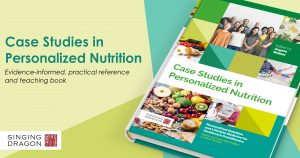
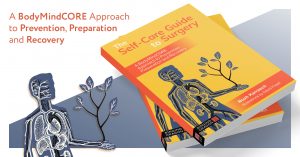
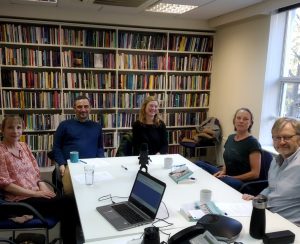
 Z’ev Rosenberg, author of
Z’ev Rosenberg, author of  Believing in its transformational power, Sian O’Neill has been practising yoga for over 15 years. The first book she edited for Singing Dragon,
Believing in its transformational power, Sian O’Neill has been practising yoga for over 15 years. The first book she edited for Singing Dragon, 